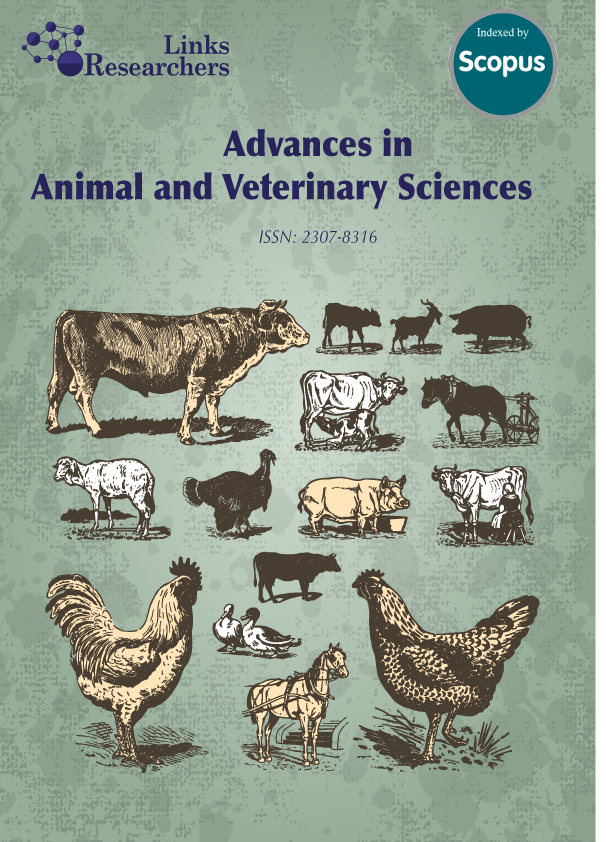This study aims to evaluate a manual protocol for freezing semen in Eppendorf tubes. The research utilized semen from a healthy and fertile Kacang buck weighing 45 kg and aged 3 years. The semen extender employed was Tris-egg yolk. The study was conducted using a 3 x 5 Completely Randomized Design (CRD). The first factor examined was the pre-freezing duration, which included 10, 15, and 20 minutes (T1, T2, and T3, respectively). The second factor assessed was the post-thawing storage time of 0, 30, 60, 90, and 120 minutes. After equilibration, Eppendorf tubes containing liquid semen were placed four centimeters above liquid nitrogen (LN2) in a Styrofoam container and then frozen by immersion in LN2. Total motility, progressive motility, plasma membrane integrity, and viability were measured at 0 and every 30 minutes up to 120 minutes post-thawing. Data were analyzed using one-way ANOVA and Duncan’s test. At 120 minutes post-thawing, total motility at T1 decreased from 51.02 ± 2.57 to 24.31 ± 4.25, which was significantly (P < 0.05) lower than T2 and T3, which showed motility values of 61.40 ± 2.31 to 29.11 ± 3.26 and 62.19 ± 3.15 to 41.19 ± 1.12, respectively. A similar trend was observed for the percentage of progressive motility, which was significantly (P < 0.05) higher in T3 (39.13 ± 1.02) compared to T1 (12.03 ± 3.16) and T2 (21.21 ± 1.26). Additionally, the PMI 120 minutes after thawing for F1, F2, and F3 were 29.07 ± 2.17, 33.04 ± 2.17, and 45.04 ± 2.17, respectively. The viability of sperm for F1, F2, and F3 were recorded as 31.02 ± 2.15, 30.08 ± 1.17, and 43.03 ± 1.06, respectively. In conclusion, the manual, cost-effective semen freezing method is suitable for small laboratories. Future research should examine how different extenders, equilibration, and pre-freezing durations affect post-thaw semen quality, and validate fertilization rates against modern methods.
Keywords | Eppendarf, Sperm quality, Pre-freezing, AI, Simple, Cheap





